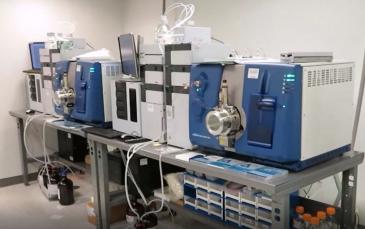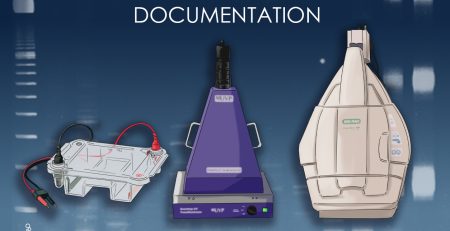Are We Entering the Dawn of the $1 Million Dollar Medicines?
Europe’s first pharmaceutical drug to repair genes, promises to alter the live of individuals living with an ultra-rare disease which clogs their blood with fat. However, price seems to be the sticking point. This new drug is likely to cost more than one million per person and repairs genes for patients with lipoprotein lipase deficiency. LPLD is a hereditary disorder that raises the risk of potentially lethal inflammation of the pancreas. Over a quarter of the new medicines approved by the U.S. last year were focused on so called orphan diseases. U.K. native and 50 year old mother of three Jill Prawer has sufferedwith LPLD for her entire life.
These are therefore exciting times for campaigners such as Briton Jill Prawer, who leads an LPLD support group, and others championing the needs of people with equally obscure illnesses. Naturally, she is delighted by the arrival of the LPLD drug Glybera. Since there are a small amount of patients living with orphan diseases, insurance companies have allowed treatments with prices into the hundreds of thousands because the overall cost to health budgets are relatively small. Now due to budget restraints, providers of healthcare have to weight the interests of society versus the few living with these orphan diseases. There’s a growing rate of critics that are scrutinizes these outrageous prices for these new drugs.
More drug discovery companies are jumping on the “band wagon” because of the juicy prices than can charge healthcare providers for treatment of these rare diseases. Karl Claxton a professor of health economics at the University of York says “It’s unsustainable. Healthcare systems around the world are under increasing financial pressure and all of them are starting to look very carefully at what they get for their money.” As researchers learn more about the causes of these rare diseases that effect one percent of the population, more and more treatments will become available. However, there are signs that buyers may be pushing back, especially in Europe. This week a new called Kalydeco is service around 270 individuals in England with a cystic fibrosis. The drug was cleared after Vertex Pharmaceutical slashed their list price of $297,000.
The CVZ (healthcare insurance board in the Netherlands) discussed cutting funds for enzyme replacement treatments for people living with Pompe and Fabry diseases last year. The decision to keep on funding these treatments drew large scrutiny and highlighted the difficulties of assessing the value of medicines for rare conditions. In the case of gene therapy, outrageous prices may be unavoidable, since a single dose could last a lifetime, giving any drug manufacturer just one shot at recouping its investment. Dutch firm uniQure developed the first gene treatment called Glybera to win the approval in the West. Several companies are working on other gene therapies, including Shire Pharmaceuticals, Genzyme, GSK and Bluebird Bio. In the past, pharmaceutical companies have relied on mass market pills to fight issues like high cholesterol. However since patents are recently expired, competitors out of countries like India are now allowed to make cheap copies, undermining their profits in this areas. By contrast rare diseases offer premium prices with little competition.
Alexion Pharmaceutical a U.S. biotech company has demonstrated how well the orphan drug model works. Their drug Soliris has only treated a few thousand people globally, but sales of this rare blood disease drug are expected to reach 1.5 billion in 2013 and 2.6 billion by 2017 with a U.S. list price of $440,000 per patient a year. “The topic of sustainability of orphan drug pricing is at the center of discussions for most investors at the moment” said David Pinniger; investment manager of the International Biotechnology Trust, whose holdings includes shares in orphan drug companies such as Biomarin and Alexion Pharmaceuticals. The biggest question is will the orphan drug strategy become a victim of its own success?














